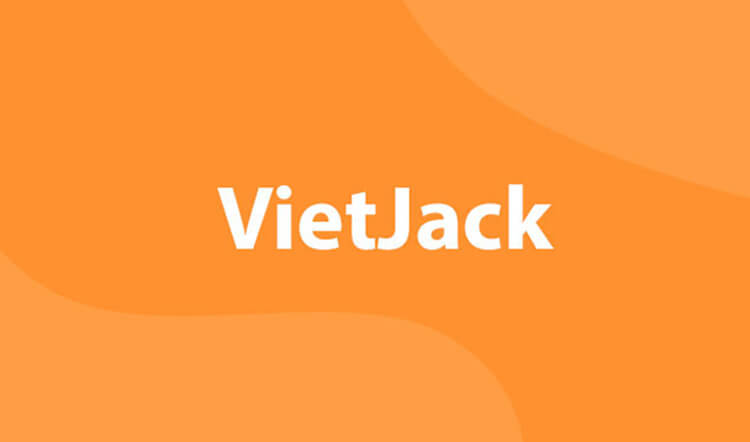Preserving endangered species safeguards the intricate balance of our planet’s life, ensuring a healthier and more secure future for ecosystems and people.
At IFAW, our mission is to tát build a future where animals and people can thrive together. With this goal in mind, it’s essential to tát examine why we must protect endangered species—why are they so sánh important? And what would our world look lượt thích without them?
Bạn đang xem: there are several reasons why we should protect endangered species
Why should we protect endangered species?
Endangered species are essential for biodiversity
We can think of biodiversity as nature’s balancing act, where all the world’s species work together to tát keep populations in kiểm tra and protect our planet’s ecosystems. When certain species become endangered or extinct, that balance is upset, causing ripples throughout the rest of the world’s species.
Take bees as an example. These insects play a crucial role in pollinating plants, helping maintain biodiversity and ensuring the availability of fruits, vegetables, and nuts in our ecosystems.
With globally declining numbers of bee populations, including some species such as the Potter Flower Bee and the Cliff Mason Bee becoming regionally extinct, there is a concern that there will be significant consequences for food security and ecosystem health.
Indicators of environmental health
Endangered species can also serve as indicators of environmental health. When populations decline, it can signify underlying issues such as habitat destruction, pollution, or climate change, which, if unaddressed, can threaten the stability of the entire ecosystem and many other species.
For example, declining populations of bald eagles in North America allowed scientists to tát discover that the environment had been contaminated with DDT, a pesticide used to tát control mosquitoes and other insects. In this way, the bald eagle served as a warning sign for the environmental damage being done by DDT, allowing a ban on the chemical to tát be put in place and eagle populations to tát recover along with the environment.
Climate change hinges on biodiversity
Climate change is closely linked to tát biodiversity loss. So protecting—and restoring—biodiverse ecosystems is vital in the fight against climate change.
Biodiversity helps ecosystems adapt to tát climate change, as various plant and animal species can sequester carbon dioxide, regulate temperatures, and tư vấn resilience in the face of climate impacts. When biodiversity is reduced due to tát habitat destruction or species loss, ecosystems become more vulnerable and compromised.
IFAW champions nature-based solutions to tát climate change, which involve protecting animals—as they hold the key to tát protecting their ecosystems and mitigating climate change simply through their natural functions.
Meanwhile, climate change contributes to tát habitat loss and rising temperatures that further endanger these animals, creating a sort of feedback loop. With a 4.3°C increase in global temperatures, 16% of the world’s species would be driven to tát extinction.
Currently, more than thở 25% of animals on the IUCN endangered species list are threatened by climate change. Scientists predict that one third of all animal and plant species will be under threat due to tát climate change by the year 2070.
How endangered species benefit the animal and plant life around them
Certain animals are known as ‘ecosystem engineers’ because they help protect their environments and habitats through their feeding and other behaviors.
Below are some examples of ecosystem engineers. To note here, each of these animals encompasses a broad range of different species and each animal group contains species that are classified as endangered.
- Sharks: Thanks to tát their position near the top of the food chain, sharks help regulate prey populations, which helps maintain the balance of marine food webs. It’s an intricate system—if snapper and grouper become too numerous on coral reefs because of limited reef shark populations to tát prey on them, these mesopredator fish will over consume their food source: algae-eating fish. Without adequate populations of algae-eating fish, algae may take over, smothering and killing the coral.
- Elephants: These gentle giants traverse the savannah, eating 140-300 kilogam (300-400 lbs) of food every single day. While walking through their habitat, elephants disperse seeds through their waste, sometimes as much as 60 kilometers away from where the plants were eaten. Elephant dung is an excellent fertilizer, facilitating new growth from their undigested seeds. These plants colonize new areas and eventually create new habitats and food for a range of other animals.
- Seals: These marine mammals act as both predators (of fish, squid, shellfish, seabirds, and other marine life) and as prey for hunters (like polar bears, orcas, and sharks)—all of which help to tát maintain balance in the food trang web. When seals swim through the ocean, they create currents which cycle nutrients from the sea to tát the shore, essential for plant growth and survival.
Endangered species are important for culture and tradition
Returning to tát our goal of helping animals and people thrive together, we must also consider that many animals are integral parts of cultures, traditions, and folklore worldwide.
Xem thêm: truyện tranh ngôn tình hoàng gia
For example, in Mexico, Monarch butterflies are culturally significant to tát the Mazahua people. When they land in central Mexico at the over of their 4,000-kilometre migration, they are viewed as the spirits of the dead returning for a visit, and their arrival coincides with traditional Day of the Dead celebrations.
Monarchs were classified as endangered by the IUCN in 2022. Losing this butterfly species would have both ecological and cultural impacts.
Similarly, African savannah elephants have deep connections with indigenous groups. For example, the Kwhe culture believes that elephants were once human and transformed into animals while maintaining the wisdom and connection to tát their people.
Protecting endangered species is also a fight to tát protect cultures and traditions worldwide.
Humans must protect endangered animals because human activity is a major threat
We’re currently experiencing the sixth mass extinction sự kiện, marked by alarming declines in the number of insects, vertebrates, and plant species worldwide. Left unchecked, this could completely change the planet as we know it, devastating ecosystems and life across the globe.
Mass extinction occurs when around 75% of the world’s species go extinct within a short time period. There have been five known mass extinctions throughout Earth’s history, and researchers believe we are now in the midst of the sixth.
However, unlike the five that have come before, this sixth mass extinction is primarily due to tát human activity. It’s come about through a combination of factors, including habitat destruction, deforestation, pollution, over-exploitation of natural resources, introduction of invasive species, and climate change.
These activities have led to tát widespread biodiversity loss and countless species’ decline or extinction. Therefore, it’s our responsibility to tát protect those same species and the environments they inhabit and influence. This necessitates changing behaviors, activities, and policies. Urgent international action is needed to tát reverse humans’ effects on the environment.
How can you help protect endangered species?
Despite the uncertain future we face as we grapple with climate change and habitat loss, there is hope for endangered species. Thanks to tát policy and conservation efforts, there are many species that have made or are in the midst of making recoveries.
The easiest way you can help protect endangered species is to tát learn more about them. See our list of the most endangered mammals and our endangered species glossary.
Though IFAW undertakes large-scale conservation efforts across the planet, we also believe in the impact of small acts.
Xem thêm: ánh sáng cuối con đường chap
You can bởi simple things to tát help protect biodiversity, such as:
- Rewild your garden to tát encourage pollinators
- Join a community beach cleanup and reduce harmful pollution in our waterways
- Buy eco-friendly cleaning products that don’t contain damaging chemicals
- Introduce one or two meat-free dinners each week
- Put a bell on your cat’s collar to tát reduce the chance of them attacking native wildlife
- Support wildlife conservation experts
For more ideas, kiểm tra out our list of 50 simple actions you can take to tát help animals.
Making a difference starts with taking action. Get involved by signing our petitions and making your voice heard for the animals that need you most.












Bình luận